The fight for Dragon Island
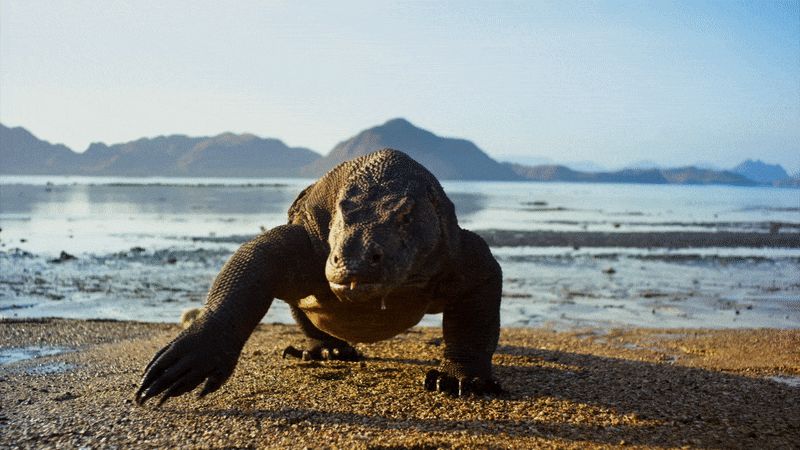
Komodo dragons, owners of razor-sharp teeth and a venomous bite, are native to only one tiny corner of the globe.
Tourists have flocked to see them, and horror films have been inspired by them. Locals even believe they are physically and spiritually related to them.
But this human-lizard relationship may be about to change.
Authorities in Indonesia want to hand Komodo Island back to the dragons. They want to close it to mass tourism, and expel the inhabitants who have lived alongside the earth’s largest lizards for generations.
“It’s called Komodo Island, so it’s for the Komodo not for humans. There will be no human rights there, only animal rights,” says the region’s governor, Viktor Bungtilu Laiskodat.
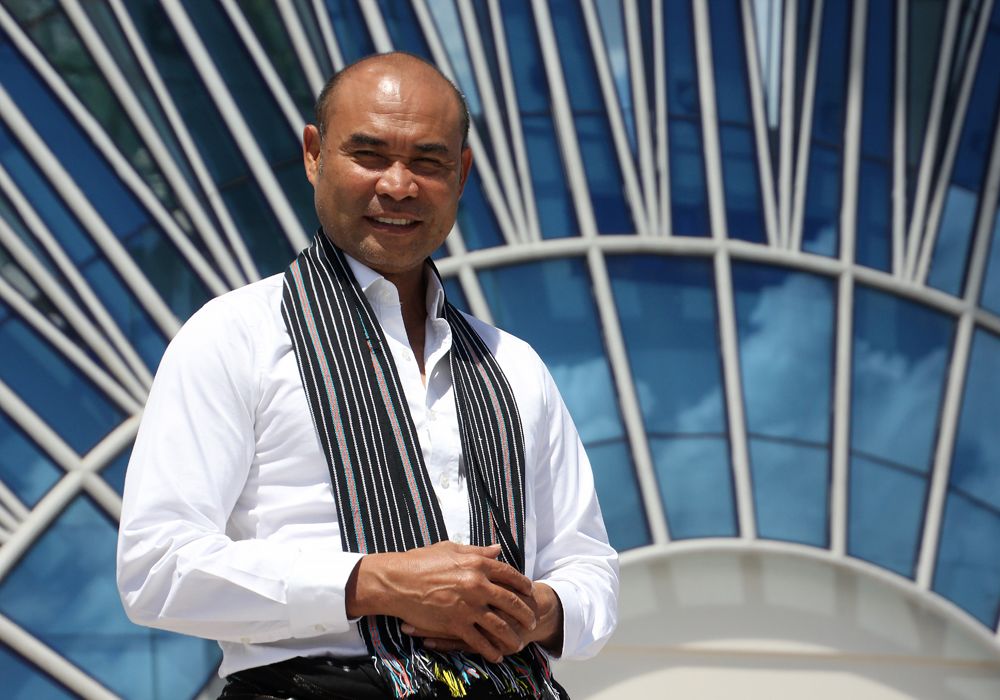
He wants the Unesco World Heritage site to be closed for a year in 2020, and then become a more exclusive place for just a relative handful of wealthy visitors. And he wants the islanders to be moved off it forever.
The Indonesian Ministry of Environment and Forestry in Jakarta, which manages the national park, is currently reviewing the governor’s proposal.
The dragons certainly have more sightseers than they did when European explorers first visited the island in the early 20th Century. There were approximately 176,000 visitors to Komodo National Park last year.
On a very hot day in June, a multi-storey cruise ship has docked in Loh Liang bay. As the park opens its gates at 07:00, thousands of tourists begin to pour out onto the island’s shore.
Crowd management is then needed in the jungle. Each group is given just five minutes to marvel at five Komodo dragons lounging near a stream, before the tourists are moved on to make way for the next group. Nermin Ataman is entranced.
“They are so incredibly beautiful, but scary too,” says the Turkish tourist. “I didn’t believe there were dragons but it’s true.”
The Indonesian government is heavily promoting the picturesque region as a tourist destination, building infrastructure to support the increase in visitor numbers. Investors and hotel chains are flocking into Labuan Bajo, the gateway to the national park.
The park is within one of the poorest regions in the archipelago and the tourist dollar has the potential to change that, says tour guide Tissa Septiani Indra.
“There is excitement - so many people are coming here looking for jobs and opportunities. It’s an area under development and it feels like there’s unlimited opportunity right now,” she says.
But the governor is not impressed with the direction it is heading in. “The Komodo is not being protected,” says Laiskodat.
“Too many people are coming in - they are paying next to nothing, and that means anyone can enter,” he says.
The current charge is about $10 (£8) a person. For his new vision he would charge a much higher price.
“People will have to become members and pay $1,000 [£790] to enter for a year. I think that’s cheap. So if we let 50,000 people in we will have $50m [£40m] a year.”
Dr Tim Jessop, an Australian academic who has been monitoring the Komodo population in partnership with the national park since 2002, agrees there are issues with the current visitor numbers. He says the growing number of boats coming back and forth, including the plastic waste thrown from them, is having an impact on marine life.
He has long advocated for better regulation of the industry before it gets too difficult to control, citing the Galapagos Islands - where visitor numbers are restricted - as a good model.
Tour guide Indra agrees the tourism should be better managed.
“They do need to make strict rules for tour operators, hotels, resorts and dive centres. They need to take care of the environment here.”
But Jessop says the tourists’ impact on the Komodos themselves is limited, explaining that about 90% of them are walking in two areas that make up just 3-4% of the land area of the entire national park.
Most Komodo dragons - about 1,727 of them - live on their namesake Komodo Island, but there are in fact more than 20 islands in Komodo National Park.
The other sizeable population of dragons live on Rinca Island. Jessop says that the governor’s other concern, that the Komodos’ primary prey of deer is under threat, also seems ill-founded.
He says that while the national park is secure in some places and not in others, there doesn’t seem to be sustained poaching that would affect the dragons.
Park ranger Stefanus Jalak agrees that the deer now seem better protected.
“Deer hunting has got much less, and the community now understands,” he says, “but sometimes we have to work with police and the military to stop it.”
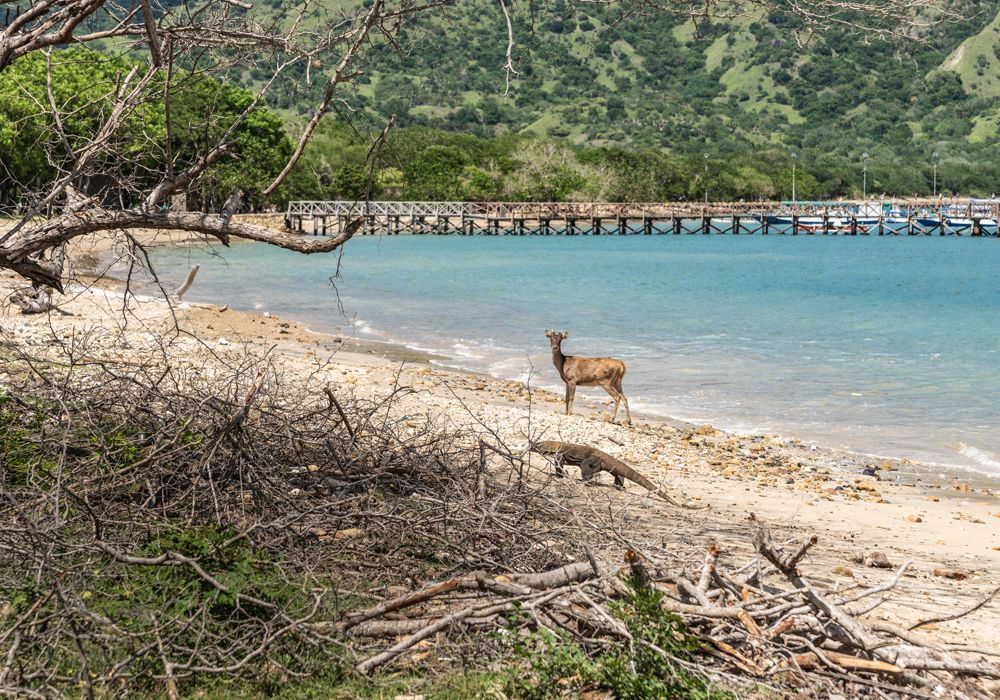
Komodo village, once just a tiny row of huts on the shore, is now home to about 2,000 people in the bay.
Guest houses have been built here, there is now electricity at night provided by generators, and plastic waste from the street stalls litters the beach.
Some 70% of the community on Komodo Island make their living from tourism, and the idea of fewer people coming is disastrous to them.
“We don’t want to move! We don’t disturb the habitat of the Komodo,” says Rosa Saphira, 17.
“Komodos and humans live in harmony here. We can work with the governor to better protect the Komodo - we don’t have to be moved away.”
Nur, who runs one of the stalls at the souvenir market, says she is really worried about what the future might hold. She says losing income from tourism would be difficult as the islanders don’t have the means to return to their original hunter-gatherer lifestyle.
“We don’t have fishing boats anymore, we can’t hunt and we have no land,” she says.
Local guide Abdul Gafur Kasim fears that if the villagers felt forced to return to hunting and fishing, it could be worse for the environment.
“The villagers will be forced to go back to the sea, and they might start using unsustainable methods again to catch the fish, like using bombs, and that will destroy the park’s marine life. Or they will go back to the forest and carry out illegal logging.”
Researcher Jessop agrees the islanders are not currently a threat to the dragons.
“I have walked thousands of kilometres in Komodo National Park over the years, and I have spent literally years in the field, and you don’t see people chopping trees, or walking around poaching or lighting fires. I have thought they are reasonably respectful to their environment.”
The Komodo islanders say their respect for the dragons is strengthened by an ancient myth - they believe that a princess on the island gave birth to twins, one human, one Komodo dragon.
Village elder Haji Amin, like most Indonesians, is a Muslim, and has made the pilgrimage to Mecca. The connection with Komodos here is not a matter of faith he insists, but history.
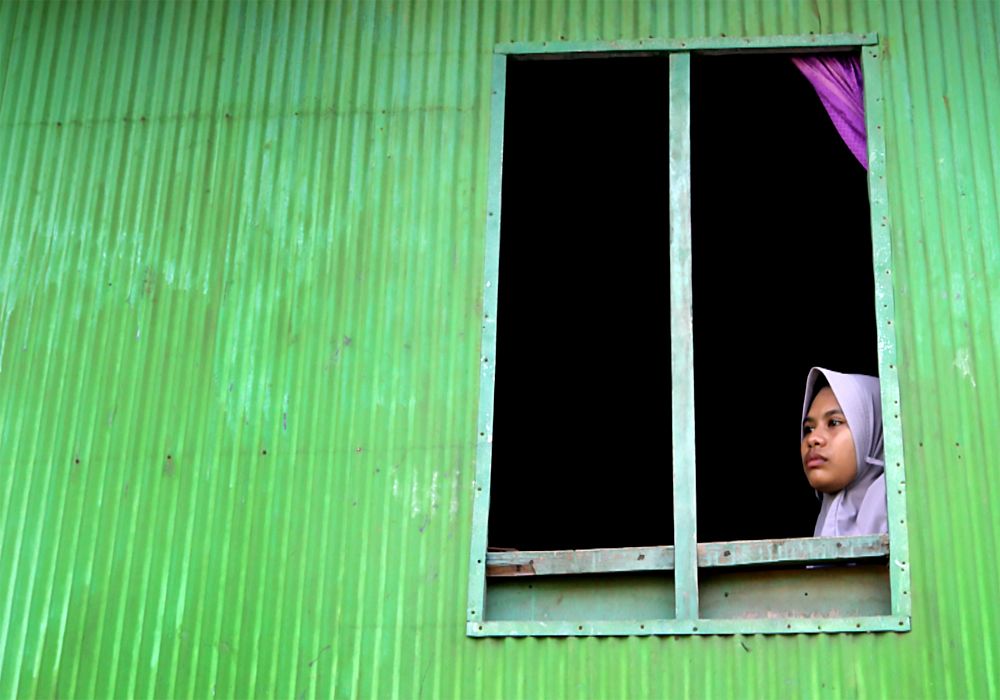
“As [the twins] got older, the Komodo son only wanted to eat raw meat,” he says.
“He would chase and eat the neighbour’s chickens - this angered the community. So in the end he went to live in the forest, but he always came back to the village to check on his mother and brother.”
It is this sense of connection which means the islanders are not afraid of the lizards, even though they can grow up to 3m (10ft) long, and their bite can kill within a few hours.
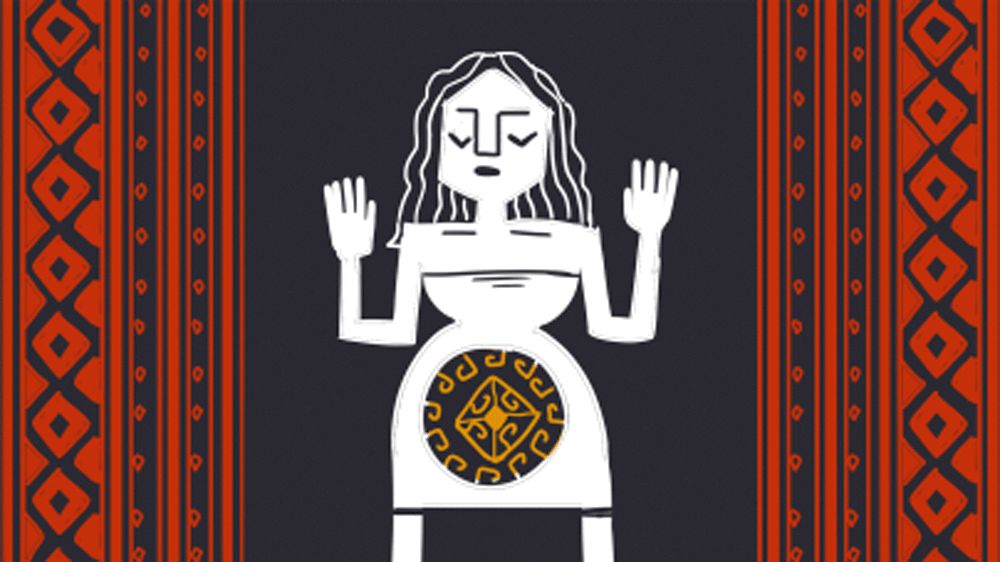
Indar Wati, Haji’s wife, has never worried about her children or grandchildren running into the forest behind her wooden home, perched on stilts on the bay.
“I don’t worry about the dragons. My only worry is the children swimming in the sea - they could drown,” she says.
There are no official records of the number of deaths or serious injuries from Komodo dragon attacks in the national park, but the authorities say they only know of 15 attacks over the last decade - one fatal.
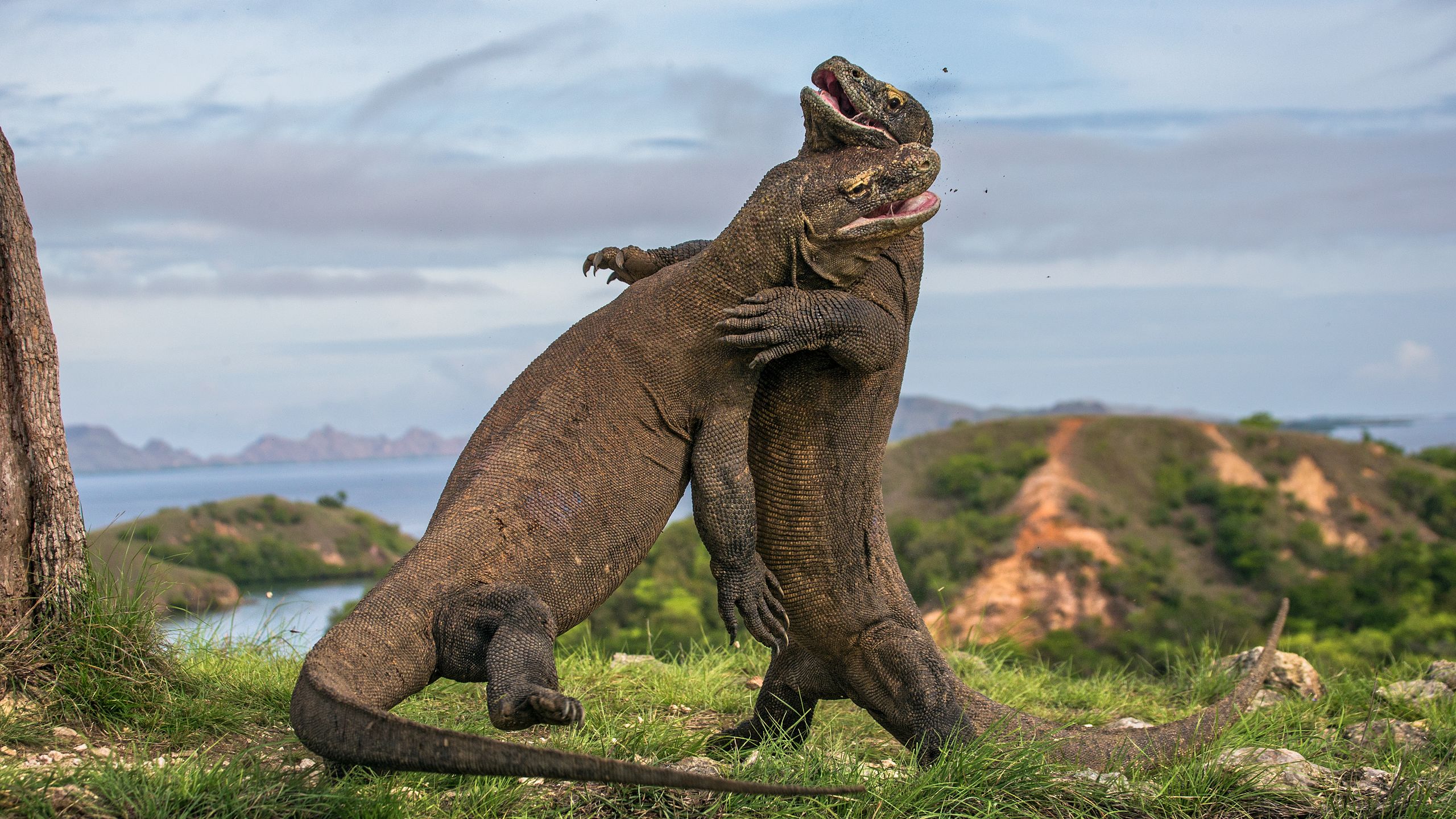
The governor of the region says the dragons have become too tame. He has a clear vision of how the island should be transformed.
“So when people arrive it’s like: ‘Wow this is wild!” Laiskodat says.
“We are going to make wild Komodos, not like the tame ones now. People will come and see Komodos in their natural habitat and they will be very wild and dangerous.”
His argument for change has been bolstered by the recent interception of the first known Komodo smuggling ring - from the island of Flores. Indonesian police say a group of local men, with international links, successfully smuggled 45 baby Komodos out of the country before they were caught in late March.
Police believe they were to be sold as private zoo exhibits, or as exotic pets. Indonesia’s anti-trafficking task forces, despite making some significant raids in recent years, are struggling to stop the trade in its unique wildlife.
Animal markets openly selling protected species can still be found in cities across the country. The four baby Komodos they saved now sit in a wildlife holding-pen in Surabaya on the island of Java – alongside a wealth of other rare animals in tiny cages that suffered a similar fate.
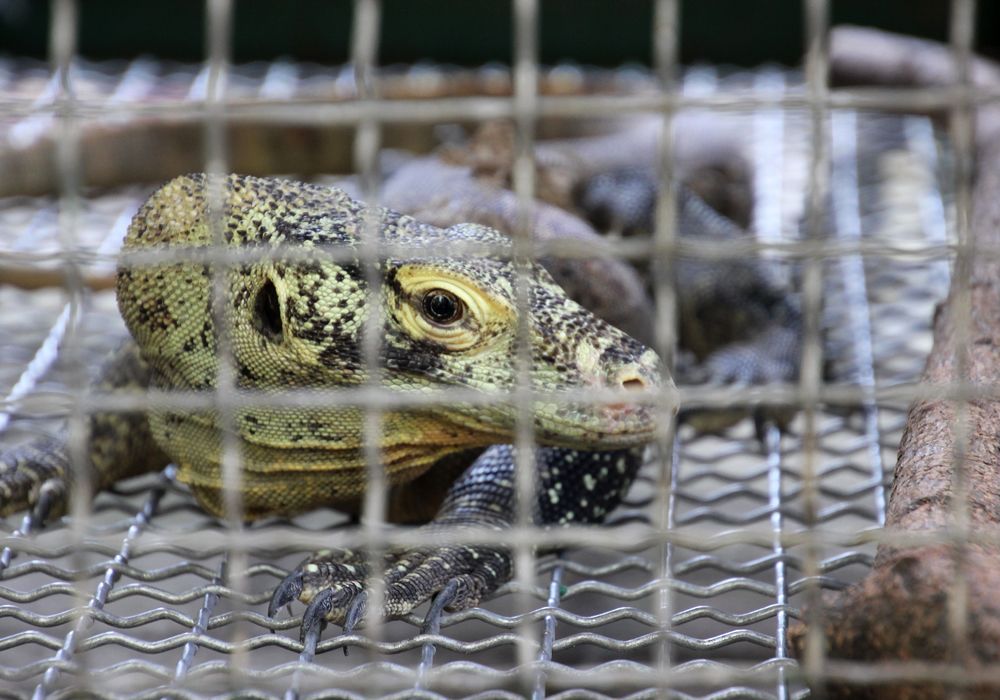
“When I am in control of Komodo [Island], no-one will be brave enough to try and smuggle the dragons,” Laiskodat says.
Under Indonesia’s regional autonomy laws, local leaders are increasingly powerful, but it is not clear whether the governor will get the all-clear for his plan.
Laiskodat insists Indonesian President Joko Widodo is on board, and Widodo’s recent comments suggest this may be the case.
“We want Komodo Island to be truly a conservation area,” Widodo said in a statement earlier this month, “so tourist numbers are very much limited, with a quota and an expensive entry price.”
But he stresses that any plan needs to be “well designed and not done in bits and pieces. We are ready to invest significant money to get this right,” he says.
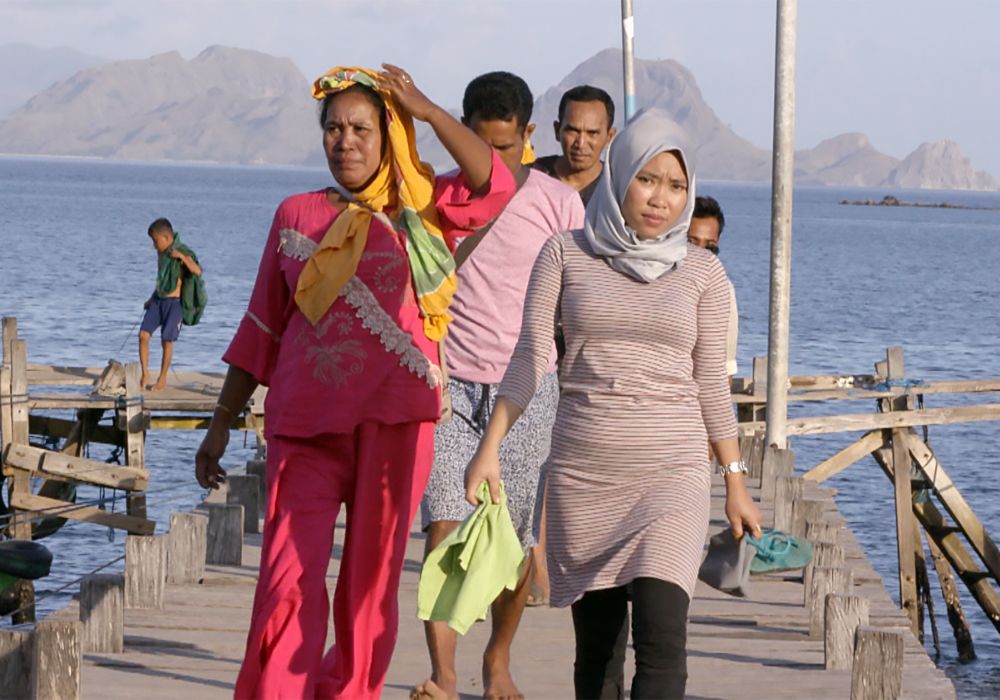
Laiskodat says if his plan goes ahead, the villagers will be built new houses on other islands. But the Komodo villagers are vowing to put up a battle.
“If we move, the Komodos will come with us,” says villager Indar. Her husband Haji claims the government tried to move them in the late 1970s and the Komodo dragons started jumping in the ocean and swimming away with them.
“We would be better off dying than leaving this place, this is the land of our ancestors.
“The relationship between us and the Komodo is that tight. We will fight to stay!”
Living Among the Dragons is on BBC iPlayer and on BBC World on Thursday 25 July, 09:30 GMT, and Friday 26 July, 08:00 GMT.
Credits
Authors: Rebecca Henschke & Callistasia Wijaya
Photos/gif: Getty Images, Haryo Wirawan/BBC, BBC Earth
Graphics: Arvin Supriyadi and Davies Surya, Microsoft
Photo Editor & Producer: Emma Lynch
Editor: Sarah Buckley